1. Why are the calf muscles called the 'second heart'?
- 1. Why are the calf muscles called the 'second heart'?
- 2. How to keep your leg muscles strong
- 2.1. Smart walking – exercise to increase blood circulation
- 2.2. Raise your heels while sitting to improve circulation
- 2.3. Strengthening the calves
- 2.4. Stay hydrated and stretch your muscles
- 2.5. Pay attention to shoes and posture
The leg muscles, especially the soleus muscle (a muscle deep below the gastrocnemius muscle, stretching from just below the knee to the heel where it joins the Achilles tendon), not only aid in walking, but also help pump blood from the legs back to the heart against gravity.
When the muscles contract, they squeeze the deep veins in the legs, acting as a natural pump, preventing blood from pooling and assisting the heart in maintaining smooth circulation.
A 2021 review by the US National Institutes of Health (NIH) highlighted that strong leg muscles help improve venous circulation, reducing the risk of chronic venous insufficiency – a condition in which blood flow from the legs slows down. Today, sedentary lifestyles and long office jobs cause many young people to also experience symptoms such as heavy legs, swollen ankles, varicose veins and cramps.
According to Dr. Aashish Chaudhry (Aakash Health Care Center, India), every time you walk, climb stairs or stand on tiptoes, your calves will help your heart circulate blood throughout your body, thus being likened to the "second heart" of your body.

The calf muscles are likened to the 'second heart' of the body.
2. How to keep your leg muscles strong
2.1. Smart walking – exercise to increase blood circulation
Walking is the simplest way to work your calves, but speed and form are important:
- Walk briskly for at least 30 minutes a day to activate the soleus muscle, helping to pump blood effectively.
- Change the surface: Walking on flat surfaces increases endurance; walking on inclines increases strength and overall circulation.
- Regular walking supports the function of the 'second heart', reducing leg fatigue and swelling.
2.2. Raise your heels while sitting to improve circulation

Performing heel raises every 30 minutes while sitting helps improve blood flow and oxygen supply to the muscles.
Sitting for long periods of time causes the calves to become inactive, slowing blood circulation. Performing heel lifts every 30 minutes while sitting helps improve blood flow and oxygen supply to the muscles. This simple exercise also helps lower blood sugar, increase glucose absorption and regulate metabolism. The soleus muscle maintains a high level of oxidative metabolism for hours, helping the body use sugar more effectively. Strong calf muscles help regulate blood sugar and circulation, reducing the risk of fatigue and swelling in the legs.
2.3. Strengthening the calves
Calves are often overlooked in gym workouts, but resistance training helps maintain tone and pumping function. Some good exercises include:
- Standing or seated calf raises
- Rope skipping
- Use a stepper or leg weights
Sports medicine research shows that 2-3 sessions per week improve venous pressure, reduce leg fatigue and increase endurance.
2.4. Stay hydrated and stretch your muscles
Dehydration makes blood thicken, reducing circulation efficiency, so it is necessary to:
- Drinking enough water helps the calves contract smoothly, reducing cramps.
- Stretching after many hours of sitting or standing helps keep muscles supple and blood vessels elastic.
- Simple stretching exercises: Leaning against a wall or yoga poses like 'Downward-Facing Dog', helps relax the muscle fibers that support circulation.
2.5. Pay attention to shoes and posture
Inappropriate shoes restrict ankle movement, reducing blood pumping efficiency, specifically:
- High heels or shoes that are too tight cause poor calf function.
- Shoes with a 2-4 cm heel drop support natural movement without straining the muscles.
Upright posture is important: Slightly bent knees help the calves work effectively, improve blood circulation and reduce fatigue.
Additionally, avoiding tight clothing around the calves and maintaining regular exercise also helps promote healthy blood circulation.
The calf muscles not only support the body but also aid circulation and protect cardiovascular health. Maintaining calf activity by walking regularly, elevating the heels when sitting, strength training, staying hydrated and stretching, choosing the right footwear and posture… helps prevent fatigue, swelling and long-term vascular problems.
This article is for informational purposes only. People with circulation problems, swollen feet, or heart disease should consult a professional before starting any new exercise or routine.
Please watch more videos :
Source: https://suckhoedoisong.vn/co-bap-chan-trai-tim-thu-hai-giup-luu-thong-mau-hieu-qua-va-5-cach-de-giu-cho-co-bap-chan-khoe-manh-169251112192520148.htm






![[Photo] Deep sea sand deposits, ancient wooden ship An Bang faces the risk of being buried again](https://vphoto.vietnam.vn/thumb/1200x675/vietnam/resource/IMAGE/2025/11/13/1763033175715_ndo_br_thuyen-1-jpg.webp)








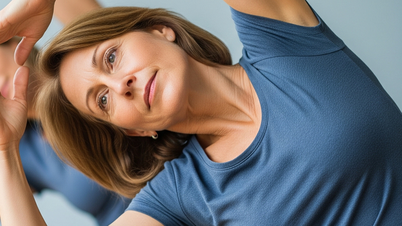
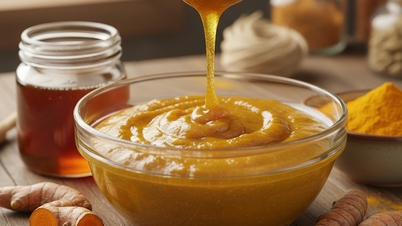

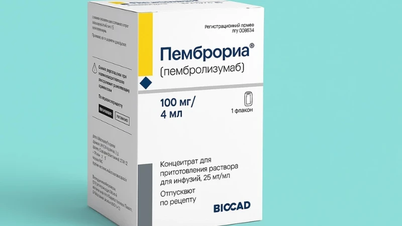

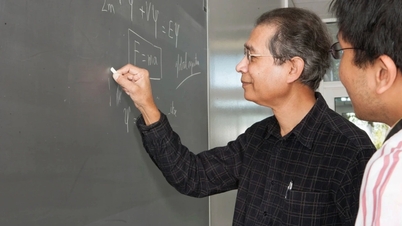

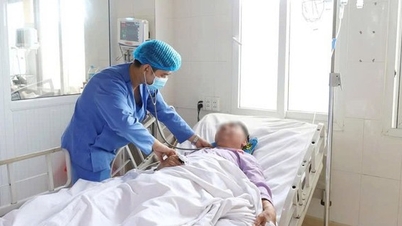
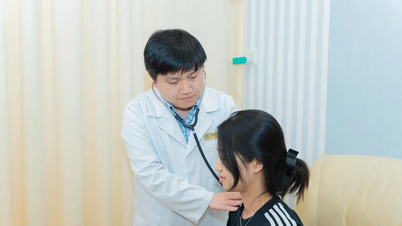





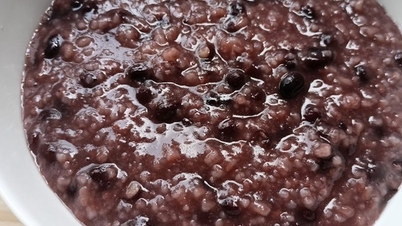
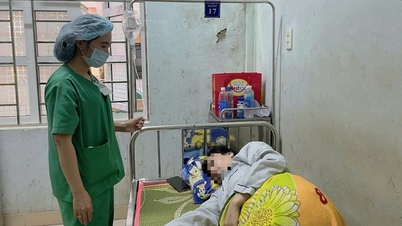



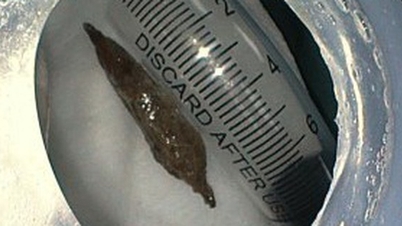



































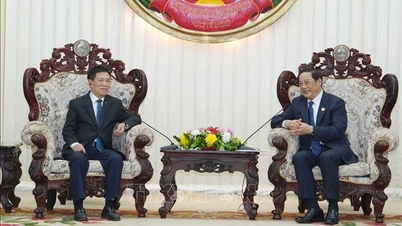













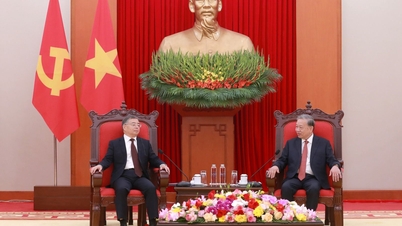





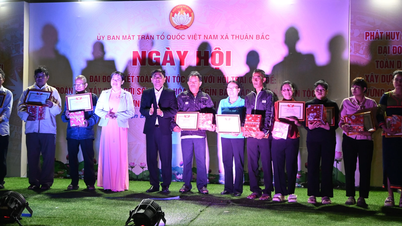

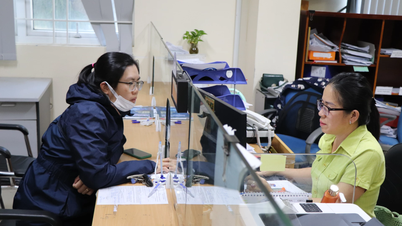





![Dong Nai OCOP transition: [Article 3] Linking tourism with OCOP product consumption](https://vphoto.vietnam.vn/thumb/402x226/vietnam/resource/IMAGE/2025/11/10/1762739199309_1324-2740-7_n-162543_981.jpeg)



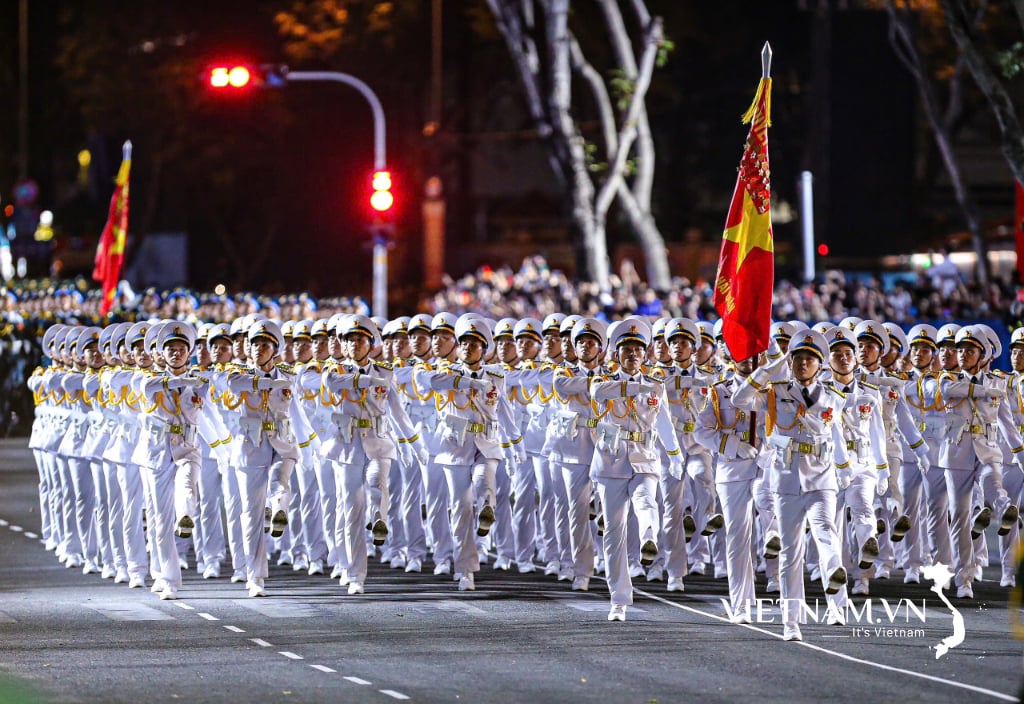


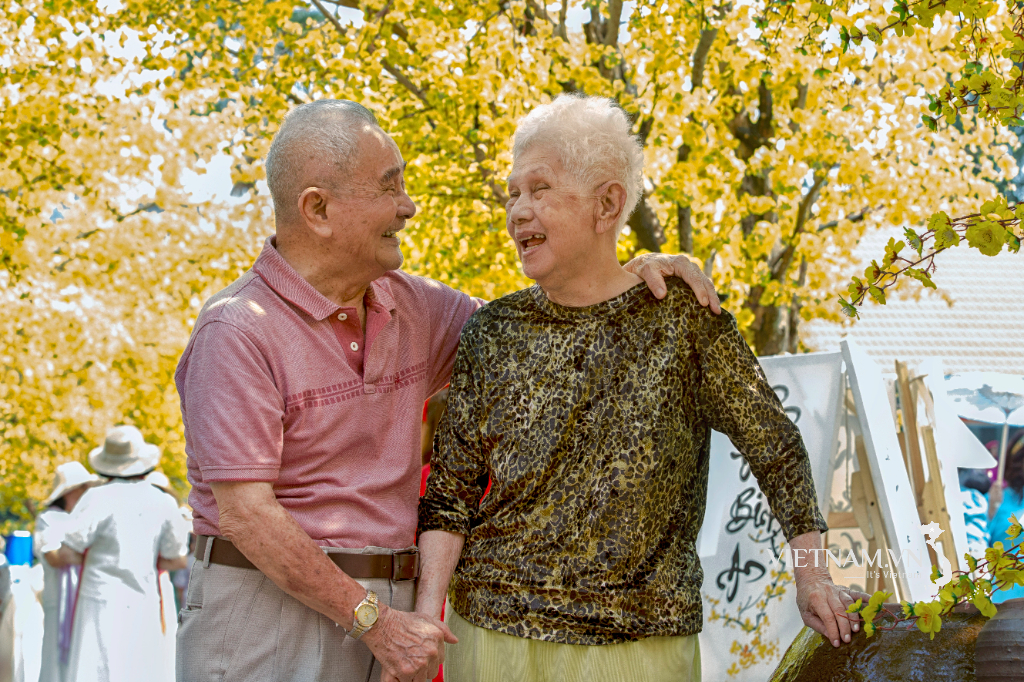
Comment (0)